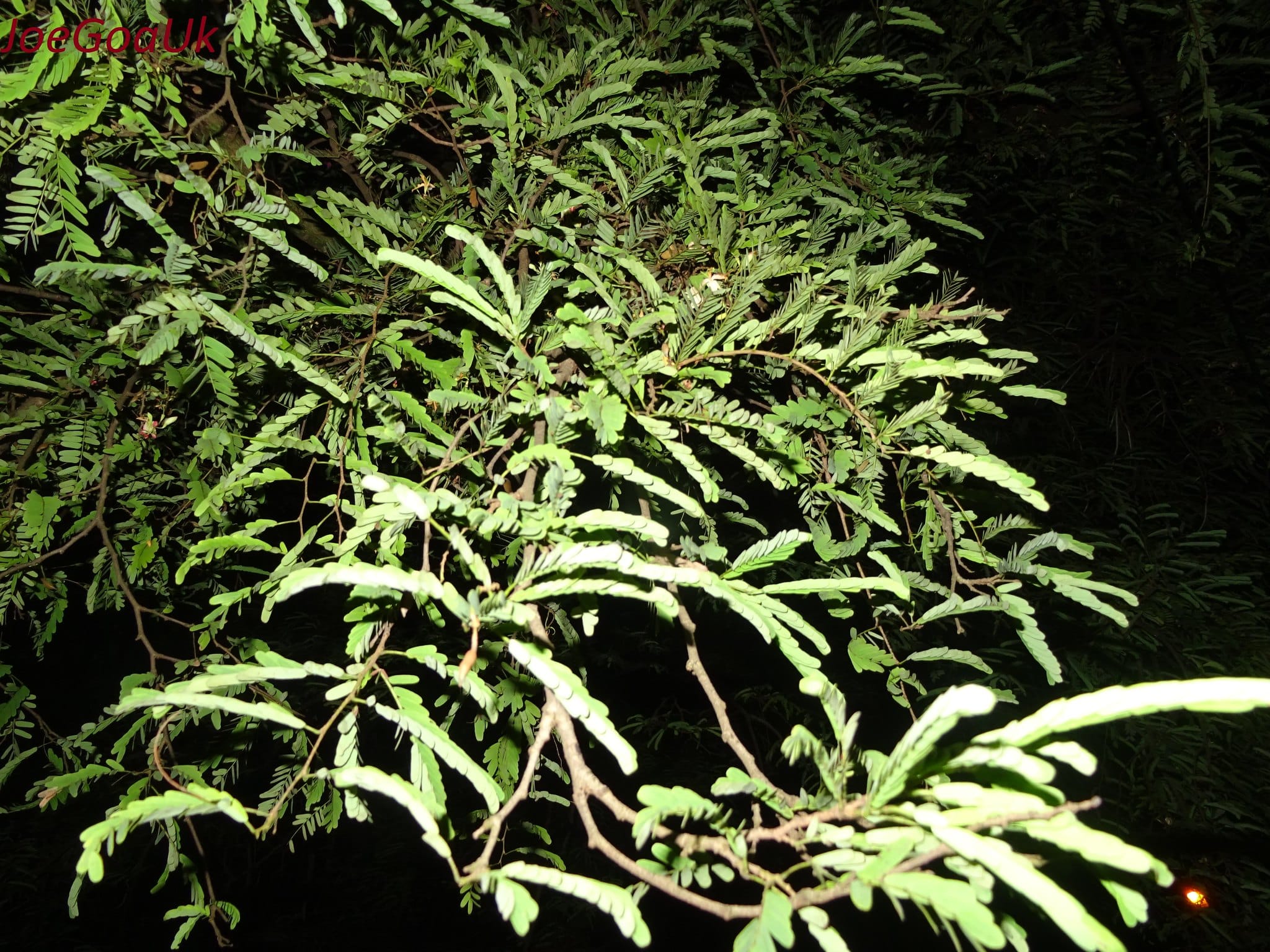
Image – Flickr/Joegoauk Goa
There are some plants that fold their leaves at night, and they do it not because they are sick, but as a way of survival to prevent too much damage from insects that are active when the sun goes down. This movement is known as leaf nyctinastia, although it also receives another one that is easier to remember: sleep movements.
This is not something new, it is not something that has been discovered now. But what is new is discovering when did the plants start to go to sleep. And it is that neither more nor less than approximately 250 million years ago.
How could they find out? It is the first thing we can ask ourselves, because of course, the leaves decompose quickly, and it is therefore very difficult for them to be preserved for a long time unless the right conditions exist for them to become fossilized. And even so, it is even more complicated to know if those leaves were folding to “sleep”, or simply because they were reaching the end of their lives.
Well then. An international team of scientists has succeeded. For this, what they have done is look at the damage caused by insects on the leaves, and what they discovered is truly amazing. Notice:

Image – Cell.com // Fossilized leaf of a giganthopterid plant.
These symmetrical damage, which could only be done by insects when the leaf was folded. Now compare this image to these modern plant leaves:

Imagen – Cell.com. (A–C) Arachis duranensis Krapov. and Greg.
(D) Bauhinia variegata var. candid (Authentic) Voigt.
(E) Bauhinia pointed Linn.
They’re pretty much the same, right? And it is that they occurred under the same circumstances: at night, when the leaves were folded. The finding was published in the journal Current Biology.
The plants studied were giganthopterids, a group of plants that lived in the late Paleozoic period. in a microcontinent that today is China, and that they call Catasya. In addition, they were not satisfied with that, but wanted to look for evidence that this was still happening. And that is why they investigated modern plants that also had leaf nyctinasties, such as albizia or bauhinia.
This is how they learned that giganthopterids were attacked by insects while they were sleeping.

